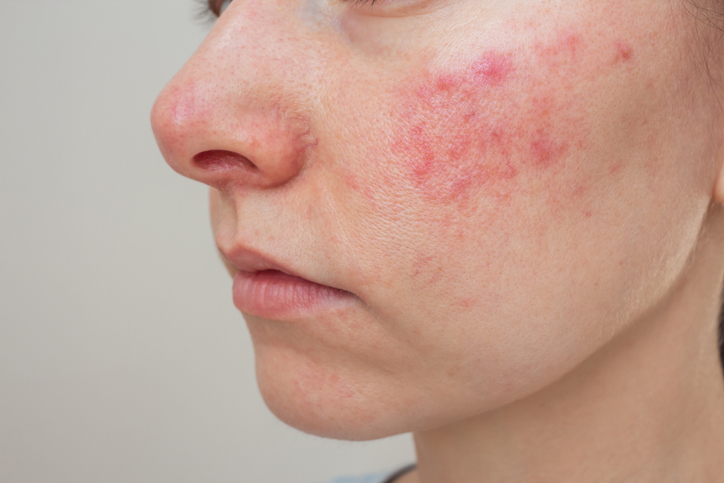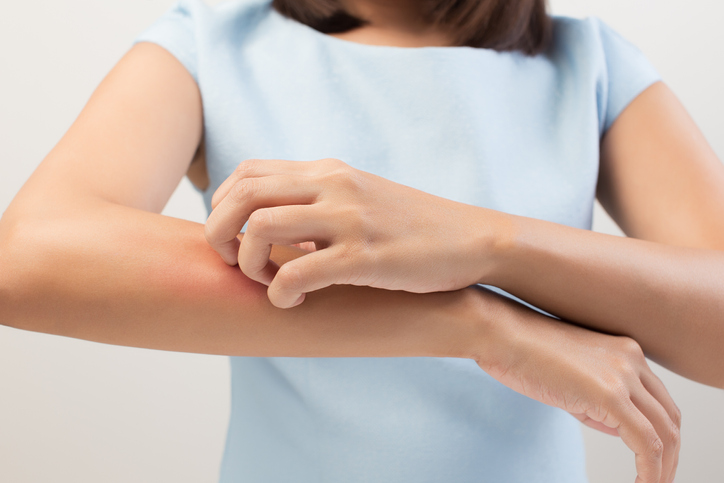
What is the difference between eczema, dermatitis and psoriasis?
Worried you have eczema, dermatitis, or psoriasis? We talk symptoms, causes, triggers, and treatments for these common causes of itchy skin.
Dr Michael Rich is a specialist dermatologist who has been performing tumescent liposuction for over 30 years. Find out if Liposuction is suitable for you at ENRICH Clinic.
At ENRICH Clinic, we have a wide range of dermatological and cosmetic body treatments tailored to individual body and patient needs.
At ENRICH Clinic, our treatments are performed by our medical team consisting of doctors, nurses, and dermatologists and are tailored to each patient’s skin health needs.
ENRICH Clinic is committed to your skin health and well-being with a range of dermatological & cosmetic treatments tailored to the individual. Our treatments are performed by our medical team consisting of doctors, nurses, and dermatologists.
Skin health is essential for everyone. ENRICH Clinic has a wide range of technologies and dermatological solutions to help you achieve your skin care goals.
 Hiding skin problems is one way of dealing with them, either while they are being slowly treated, or in cases of scarring, for example, that will never disappear completely. Using colour theory means you can get the most out of concealers to completely hide your colourful skin.
Hiding skin problems is one way of dealing with them, either while they are being slowly treated, or in cases of scarring, for example, that will never disappear completely. Using colour theory means you can get the most out of concealers to completely hide your colourful skin.
Every colour sits opposite another colour – the colour that cancels it out, or neutralises it. This isn’t as simple on skin as it is on a colour wheel, but it’s not far off. Skin can present as many different colours – orange, red, pink, deep red, deep pink, purple, brown, or any combination or hue – and it may also appear differently in adjacent areas. Thus, using colour theory to neutralise blemishes on your face can be achieved without too much trouble. Here we share the basics – the rest is up to you to experiment with.
Figuring out what skin type you are on the Fitzpatrick scale
| Skin type | Typical Features | Tanning ability |
|---|---|---|
| I | Pale white skin, blue/green eyes, blonde/red hair | Always burns, does not tan |
| II | Fair skin, blue eyes | Burns easily, tans poorly |
| III | Darker white skin | Tans after initial burn |
| IV | Light brown skin | Burns minimally, tans easily |
| V | Brown skin | Rarely burns, tans darkly easily |
| VI | Dark brown or black skin | Never burns, always tans darkly |
Hiding red (acne, rosacea, scarring)
Skin types I, II, III: use green-based concealers or primers
Skin types IV, V, VI: use yellow-based concealers or primers
Hiding blue (veins)
Skin types I, II, III: use a peach or salmon-coloured concealer or primer
Skin types IV, V, VI: use an orangey concealer or primer
Hiding purple (under-eye bags, lichen planus, bruises)
Skin types I, II, III: use a yellow toned concealer or primer
Skin types IV, V, VI: use reddish concealer or primer
Hiding yellow (bruises)
Skin types I, II, III, IV, V, VI: use purple or lavender-toned concealer or primer
Hiding brown (lentigines, melasma, pigmentation, moles, café au lait spots)
Skin types I, II, III, IV, V, VI: Brown can be hard to conceal well. The darker the pigment, the more grey appears under the concealer, so as a rule, the lighter the pigment, the easier to correct. Peach usually works the best, with the concealer or primer lighter than the skin tone.
Hiding everything in between
Skin types I, II, III, IV, V, VI: If you use these guidelines, you should be able to accurately figure out how to make the combination of colours that suit your skin and blemish colour. Check the colour wheel, and experiment until you get to the coverage you desire.
Need help with your skin?
Contact us
*With all surgeries or procedures, there are risks. Consult your physician (GP) before undertaking any surgical or cosmetic procedure. Please read the consent forms carefully and be informed about every aspect of your treatment. Surgeries such as liposuction have a mandatory seven-day cooling-off period to give patients adequate time to be sure of their surgery choice. Results may also vary from person to person due to many factors, including the individual’s genetics, diet and exercise. Before and after photos are only relevant to the patient in the photo and do not necessarily reflect the results other patients may experience. Ask questions. Our team of dermatologists, doctors and nurses are here to help you with any of your queries. This page is not advice and is intended to be informational only. We endeavour to keep all our information up to date; however, this site is intended as a guide and not a definitive information portal or in any way constitutes medical advice.
"*" indicates required fields
Combining Dr Rich’s dermatological skill with his knowledge of restorative skin regimes and treatments, the ENRICH range is formulated to help maintain and complement your skin. Our signature Vitamin C Day & Night creams are now joined by a Vit A, B,&C Serum and a B5 Hyaluronic Gel, both with hydration properties and much, much more.

Worried you have eczema, dermatitis, or psoriasis? We talk symptoms, causes, triggers, and treatments for these common causes of itchy skin.

Suddenly dealing with itchy skin? We’ll talk about the common causes and how to find relief.

Keep your skin looking and feeling its best with these upcoming skincare trends of the year. Learn more about the products, treatments, and cosmetics you’ll need to stay on top of the latest in aesthetics skincare.

Dermatitis and psoriasis are the two most commonly seen skin conditions, but they are often mistaken for one another due to their overlapping symptoms.
Subscribe to the ENRICH newsletter and receive latest news & updates from our team.
Enrich Clinic acknowledges the Traditional Lands of the Wurundjeri Woi Wurrung and Bunurong peoples of the East Kulin Nations on which we work and trade. We pay respect to their Elders past, present and emerging. We extend our acknowledgement and respect to the LGBTQIA+ community who we welcome and support. Read our full Acknowledgement Statement here
